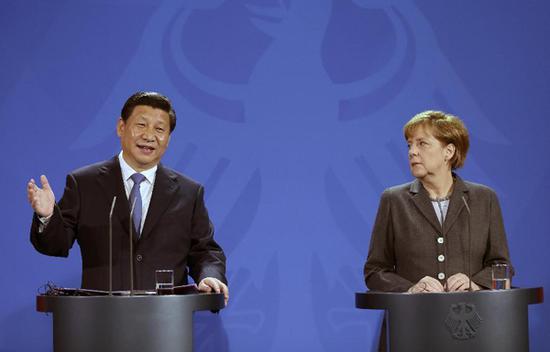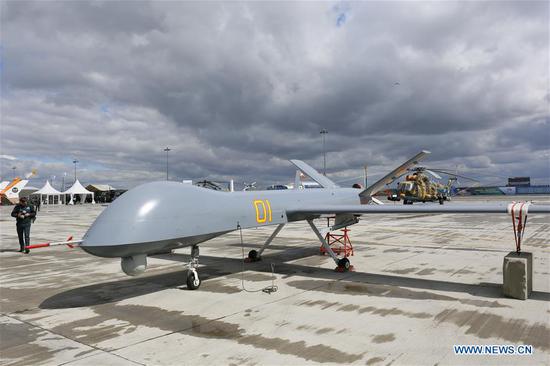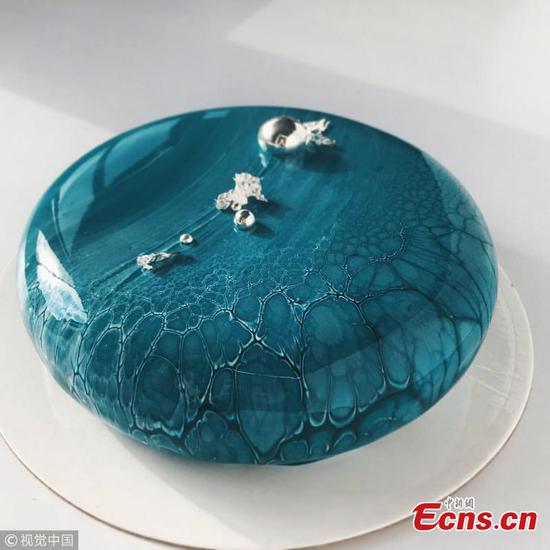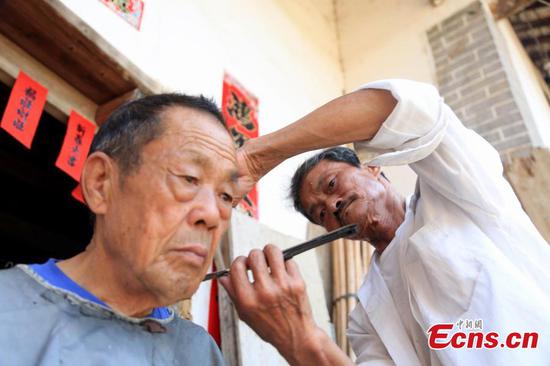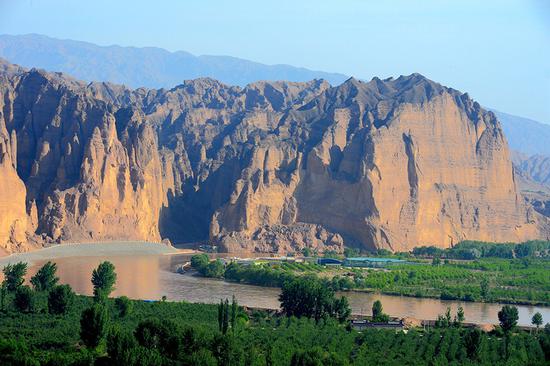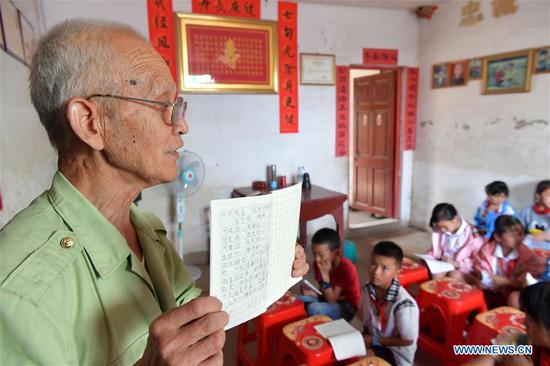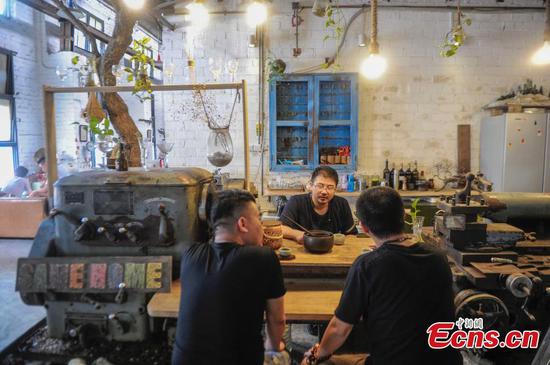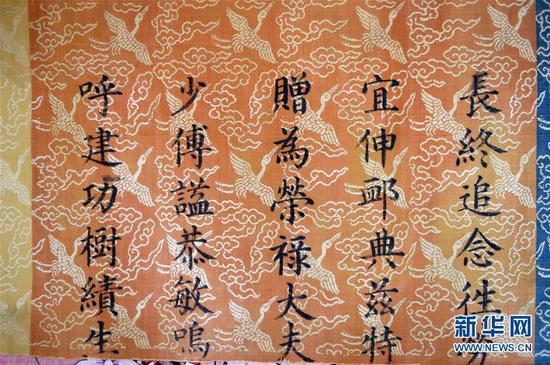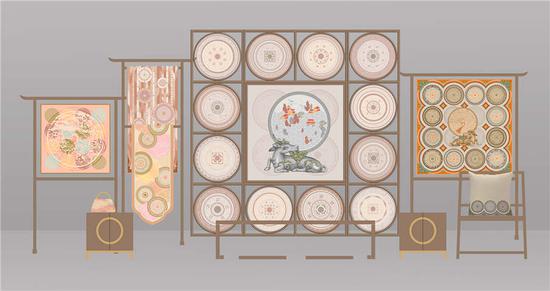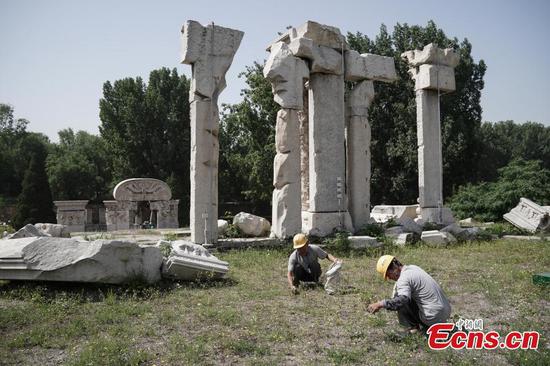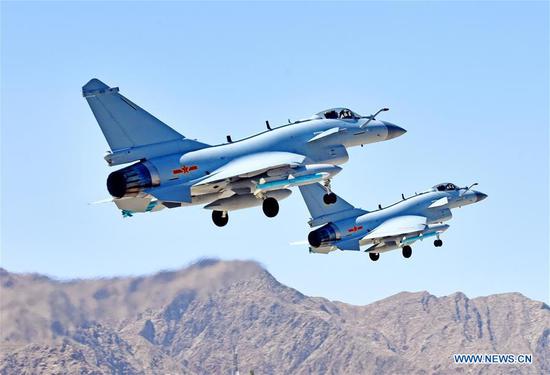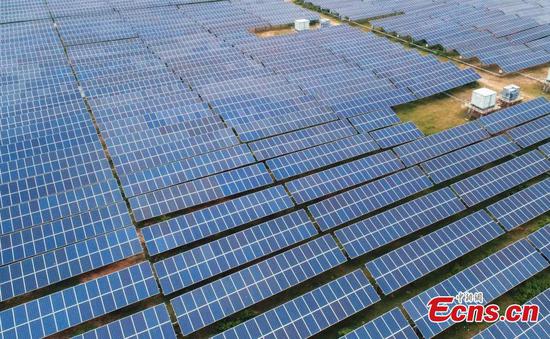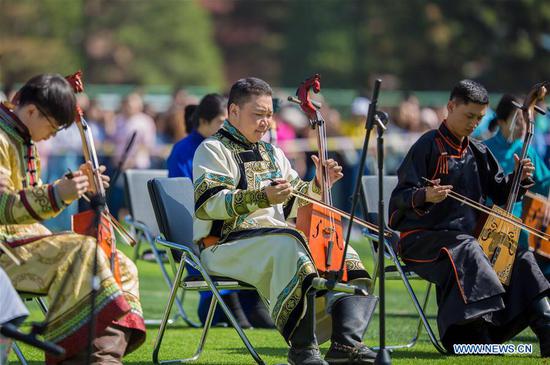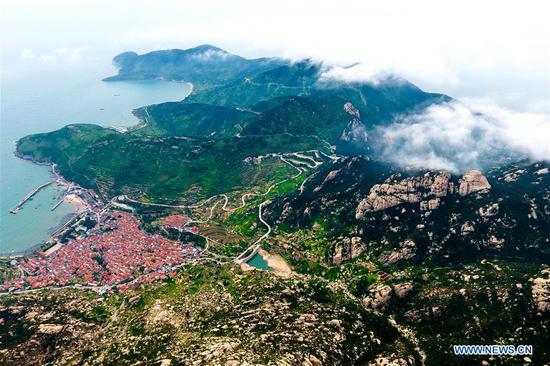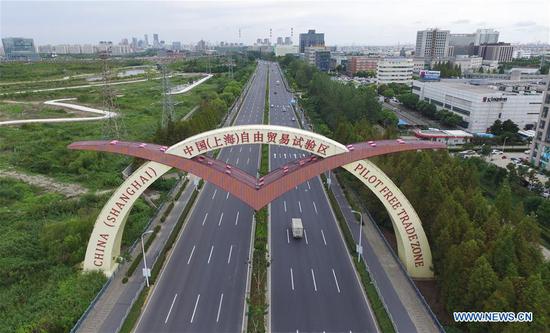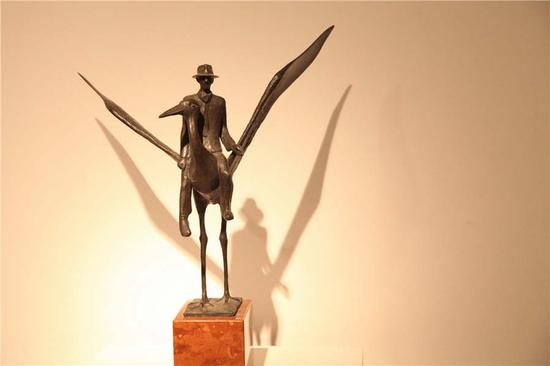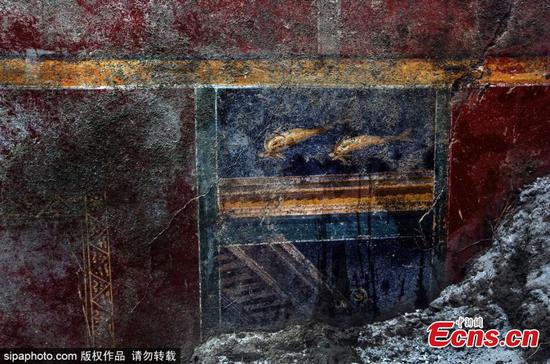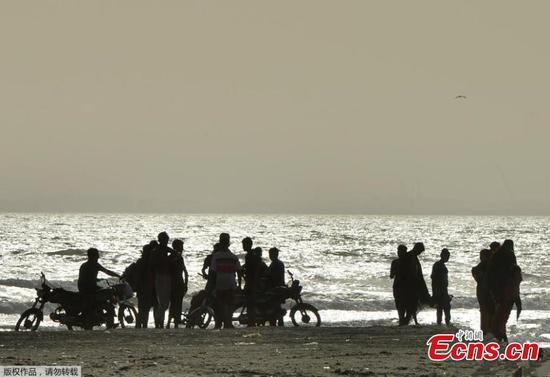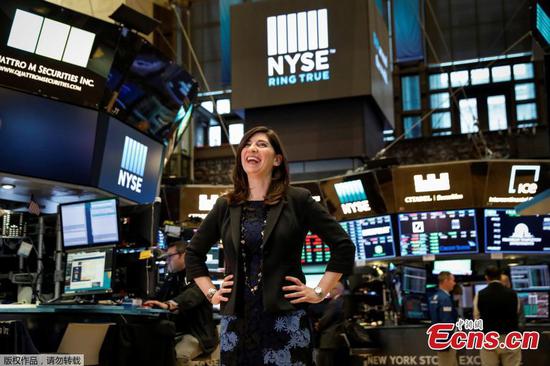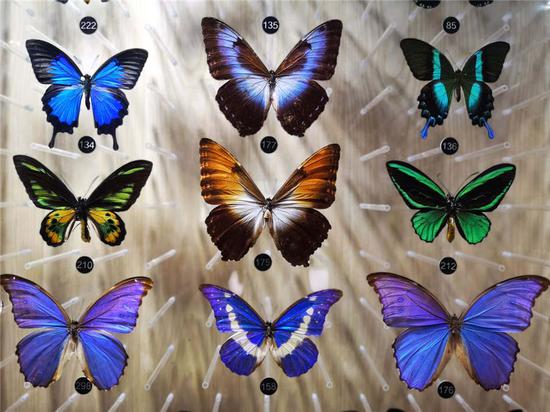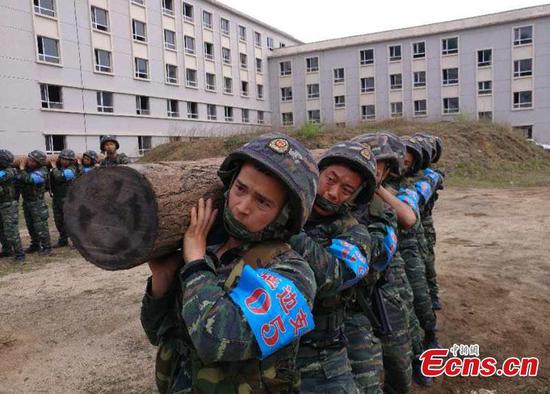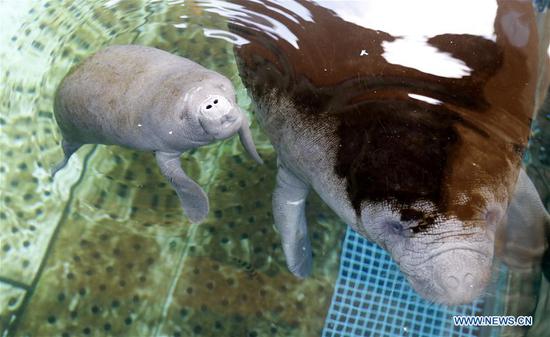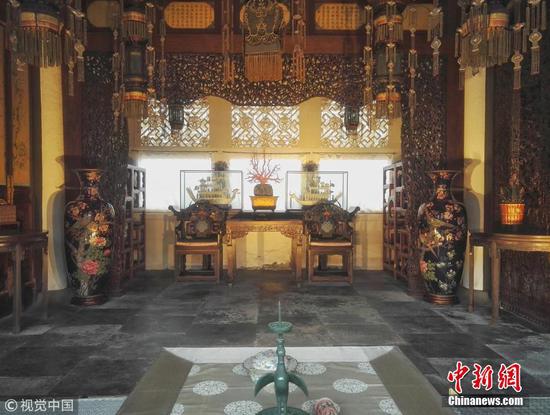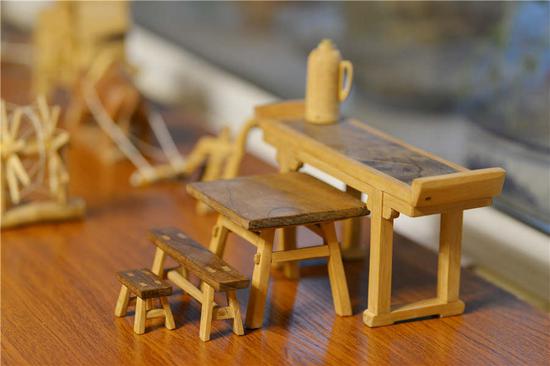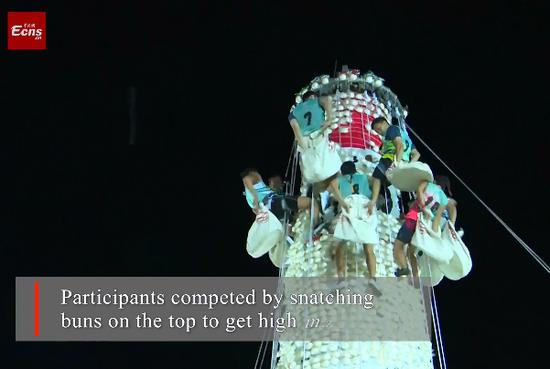The deceased victim of an accident whose face or head was disfigured can now appear perfect before the funeral through 3D printing technology-even if the skin and hair are severely damaged.
Shanghai Longhua Funeral Home in Shanghai, which claims to be first in the world to use the technology in such an application, began the service on Wednesday, five days ahead of Tomb Sweeping Day, when people traditionally pay their respects to the dead.
A professional beautician using conventional clay and wax methods may require a week to repair a face that was damaged in an accident, such as a fire, explosion or car accident.
But the likeness of the loved one often falls short of families' expectations.
"With 3D printing, it takes only five or 10 hours to copy a whole face, including hair and mustache," said Liu Fengming, a senior engineer at the studio.
"That frees our beauticians from additional hand work, and the final result shows great resemblance to the person-at least 95 percent."
Promotion of the technology, which could significantly improve the efficiency of funeral services, was included in a five-year work plan of the Shanghai Civil Affairs Bureau.
Liu said the first step in the process is to scan a photograph of the person before they died, and then use special software to build a 3D model of the face and head. That takes roughly 10 minutes.
"The software is imported from the United States, so the standard bone structure in the system is that of Caucasians, who usually have bigger noses and smaller faces. So before printing we need to make adjustments, including personalization such as adding a birthmark on the jaw and a scar on the cheek," Liu said.
"We're currently creating a database of standard Chinese faces based on a collection of 83,000 samples. This will help boost the speed of model building," said Xu Renxiang, president of Shanghai Xuanlin Information Technology Co, the studio's technology partner.
Liu said the studio can model all or part of the head of the deceased with 3D printing, but technicians try to keep as much as possible of the original bones and body tissues.
"The family of the deceased will never agree if we use a totally printed head to replace that of the deceased," Liu said. "So as long as there's part of the head left, we will use the printed parts to fill in and to ensure the deceased leaves the world with the best facial appearance."
He said the material is a type of combustible powder. It costs around 5,000 yuan ($774) to produce a face model.
The studio looks forward to expanding the 3D service to more people.
"For example, some people's bodies become emaciated rapidly in the last days of their lives because of disease, and their relatives hope that they can say farewell to the world with their original look," Liu said.
"In that case, we can make a facial mask for the deceased using 3D printing."









